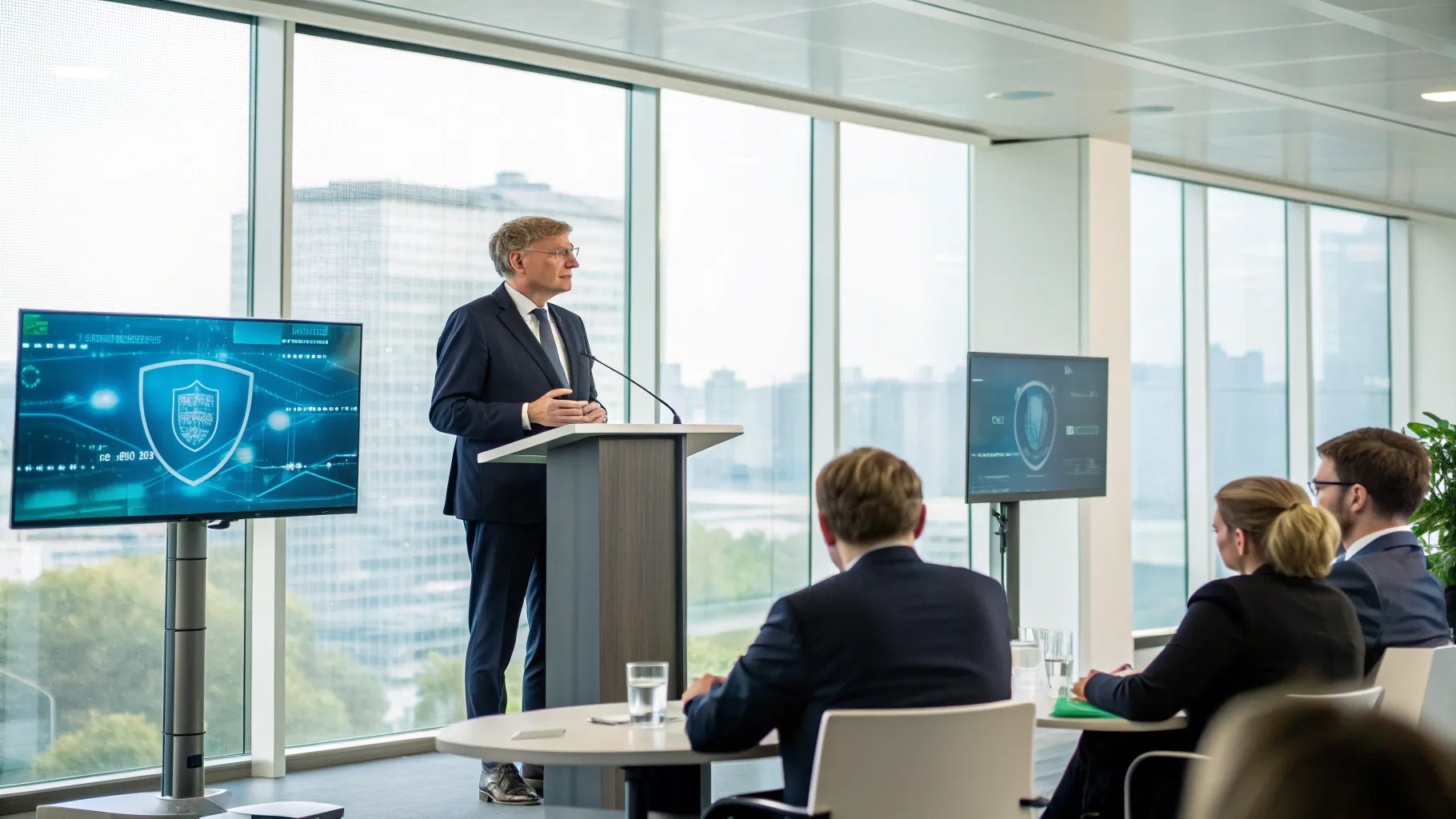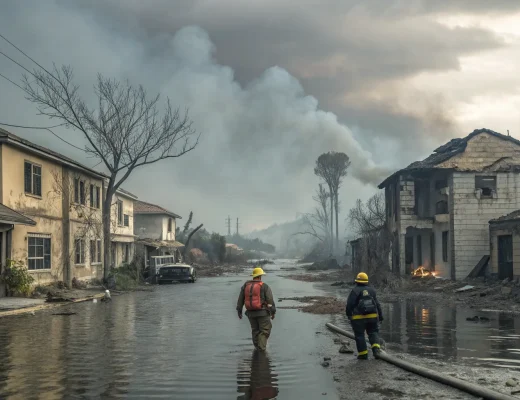Dutch Prime Minister Dick Schoof joined industry specialists this week in urging energy and industrial firms to harden their defenses as cyberattacks increase across Europe. The call, made in the Netherlands and aimed at operators of critical services, reflects mounting pressure on companies to act quickly amid a surge in ransomware and supply chain breaches.
Officials and experts warned that attackers are probing operational technology and business networks at the same time, raising the risk of shutdowns and safety incidents. They pressed executives to make security a board-level priority, invest in resilience, and share threat data faster.
What Prompted the Warning
Recent attacks on European manufacturers and utilities have disrupted operations and exposed sensitive data. Global cases such as the Colonial Pipeline shutdown in 2021 and incidents involving major turbine makers and smelters have shown how a single breach can halt production and ripple through supply chains. Dutch authorities have tracked a similar rise in attempts against local firms, including port and logistics operators that support the energy trade.
The
EU Agency for Cybersecurity has identified ransomware as a leading threat to critical infrastructure. Energy companies face added risk because many run a mix of old industrial systems and modern cloud tools, which can create weak spots if not secured.
What Schoof and Experts Are Saying
“Industry experts join Dutch Prime Minister Dick Schoof in calling on energy and industrials firms to step up their cybersecurity efforts as attacks escalate.”
The message to companies was direct: expect more frequent and more complex threats, and plan for recovery as much as prevention. Security practitioners emphasized that phishing, poorly configured remote access, and vulnerable third-party software remain common entry points. They also noted that attackers increasingly target industrial control systems to cause downtime and force payments.
The Stakes for Energy and Manufacturing
Energy suppliers must keep
power and fuel flowing, even during a breach. A ransomware
hit that locks billing or scheduling systems can delay deliveries and raise costs. In factories, an attack on a single plant can stall output for days and strain inventories at customers. Insurance premiums are rising, and regulators are imposing tighter reporting rules. The financial and reputational damage can last long after systems come back online.
What Companies Are Being Asked to Do
Authorities and specialists called for practical steps that
reduce risk quickly. Many measures are well known but still unevenly applied.
- Multi-factor authentication for remote access and admin accounts
- Network segmentation between IT and operational technology
- Regular backups with offline copies and tested restores
- Patch management for internet-facing systems and critical devices
- Vendor risk checks and tighter access for contractors
- Incident response drills that include executive decision-making
Experts also urged firms to monitor for known ransomware groups and exploit kits, and to join sector information-sharing programs to learn from peers.
Regulatory Context and Timelines
Europe’s NIS2 directive expands cybersecurity duties for operators of essential and important services, including much of the energy and industrial base. Member states are aligning
national laws, and companies are preparing for audits and fines tied to risk management, reporting, and governance. Dutch regulators have signaled that boards may be held accountable for repeated failures to address basic weaknesses. This makes documentation, testing, and executive oversight as important as technical controls.
Industry Response and Obstacles
Many
companies support the push but face skills shortages and budget constraints. Older plants can be hard to secure without downtime. Smaller suppliers worry about the cost of meeting new standards while keeping
prices competitive. Security teams say clear guidance helps, especially when tied to known frameworks and real incident lessons. Insurers are tightening requirements, which can nudge firms to adopt stronger controls to keep coverage.
What to Watch Next
Observers expect more cooperation between government, utilities, and manufacturers on threat intelligence and incident reporting. There is growing interest in tabletop exercises that include safety regulators and law enforcement. Procurement rules may soon require baseline controls from vendors across the supply chain. If attacks continue to rise, stricter enforcement and higher penalties are likely.
The message from The Hague and the expert community is clear. Companies must raise their guard and prove they can respond, recover, and keep critical services running. The months ahead will test whether boards turn that
warning into action and measurable risk reduction.






